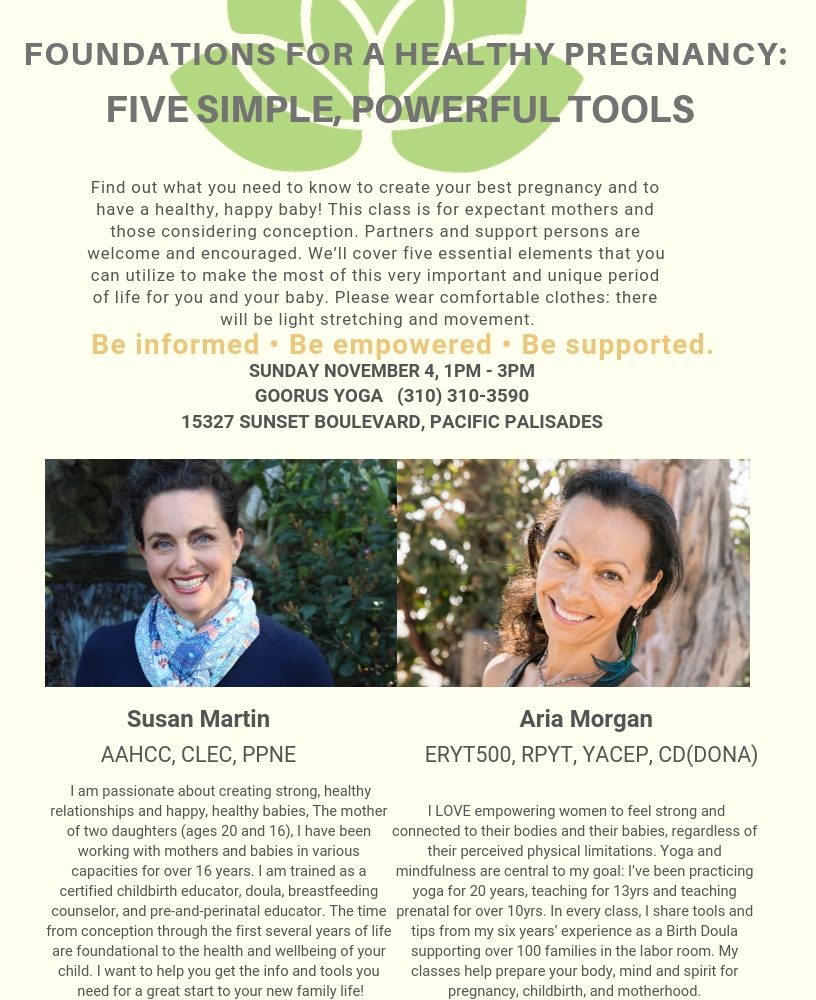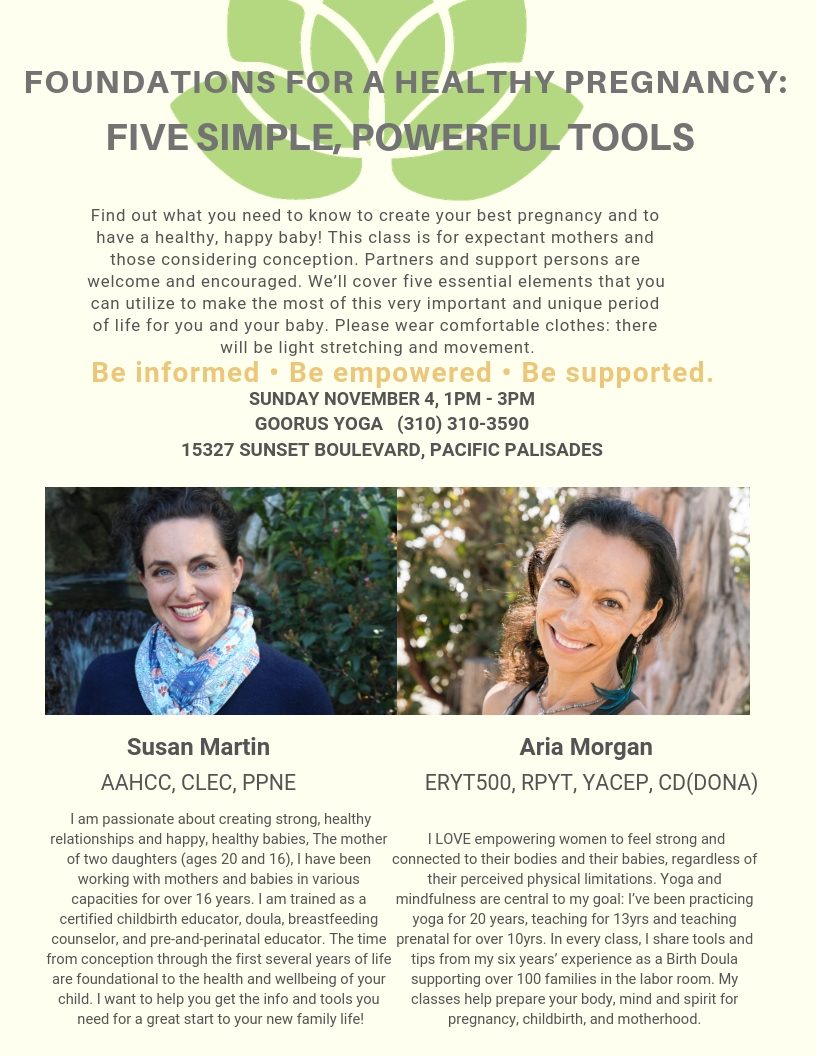(repost) Should I go Keto?
So…I love this guy’s products and emails. WARNING: he is crass and speaks his mind.
DISCLAIMER: I don’t agree with everything he says, but that’s OK. This isn’t intended to convert you into being a People’s Chemist follower….what this repost is about is sharing information I agree with and think is valuable.
You don’t have to agree with everything someone says to find the gold within their words, and I happen to find the American addiction to diets a little disturbing, IMHO. I believe that balance overall is the best way to eat and that if you want to loose weight, eat less. Eat only whole foods. No processed BS, and that means no “healthy energy bars.” Make your own.
Going Keto as a long-term eating goal just doesn’t feel right to me. I mean, think about it… you’re putting body into a state of ketosis for a long period of time. We don’t have any long term research on this. I dunno about you, but considering my limitations (only one kidney, no spleen), I don’t intend to take any chances with long term deprivation of nutrients.
btw- one thing I don’t agree with is Shane’s characterization of vegan as being “diet bullshit.” I get where he’s coming from, but I wouldn’t use those words,…then again, I’m not him, and neither am I vegan. But, I respect those who choose to eat vegan for health and environmental reasons. I agree in that there is a danger in eating vegan when it comes to cartilage and joint health. I’ve met far too many 20-something-year-old vegans who don’t look healthy and who have serious joint problems, like the kind of joint problems you shouldn’t have at that age… could be coincidence. My MO is that if you are vegan, get your iron levels tested, consider taking B12 supplements, and consider taking a collagen supplement (I know, that’s not vegan.)
Okey-dokey…so here ya go… LMK whatcha think!
——–
Should I Go Keto?
A ketogenic diet consists of high fat, adequate protein and about 5%
carbohydrates.
It gained notoriety for treating epilepsy. And for that, it’s terrific.
It’s also beneficial for Type 2 diabetics suffering from severely high
blood sugar.
In other words, it’s great for sick people.
It’s not ideal for people who want:
– More energy
– More muscle
– Longer life
– Vibrant health
If the above is what you’re looking for, then Keto diet is NOT for you.
What you need is “hormone intelligence, or more accurately, proper
hormone balance, output and sensitivity (BOS).
I’ve been using it for two decades to remain ultra fit as a black belt dad, crazy
motherf@#cker and someone who can’t pass a personality test or a
background check.
But trust me, chemistry plays no favorites…its works!
My wife also used it to win the Arnold Classic after having 2 kids…and even at 39 yo
and 4 kids later, she’s easily the best eye-candy at any pool, worldwide…
So, be the judge.
Want to learn about “hormone intelligence?”
Start by understanding carbohydrates. (And avoid all the diet bullshit
like fasting, going vegan and maybe even low carb!)
The low-carb diet began in 1797, courtesy of Dr. John Rollo, who treated
his diabetic patients by removing carbohydrates from their meals. The
medical community followed his lead, and today most people are familiar
with the diet as a result of the late Dr. Atkins – who advocated replacing
carbohydrates with fats and a bit of protein for his obese, Type II
diabetic patients.
More recently, the low-carb craze has been purported to lend a “metabolic
advantage” to those who eat 4-6 meals per day, while pursuing a low-carb
and high protein diet. But it’s baloney. And these people still get
fat…
If you want to look good naked, pay attention.
Overeating will always cause an energy imbalance that favors fat storage.
Overeating is overeating, whether you are eating seeds, nuts or cotton
candy. Although the hormonal effects will be different, the end result will
still be weight gain.
The goal is eat so that you are optimizing your hormone balance, output and
sensitivity.
And it’s not that hard.
In fact, in the last 3 weeks, I’ve flown my plane over 4,100 miles across
the USA. My wife and oldest daughter are currently traveling throughout
Europe. And no matter where we are, we’ve all been able to eat to
preserve hormone intelligence!
And none of us are shy at the swimming pool…
It’s all about understanding carbohydrates, as written about in my book,
The Stop Eating So F@#cking Much Diet at www.dietbookthatworks.com
Carbohydrates are macronutrients that come from foods like grains, dairy
products, fruits, vegetables and legumes (beans and peas). Biochemically,
they’re known as saccharides, or molecular chains of sugar. Once
consumed, your body breaks these chains into individual sugar units and
your blood sugar rises to various degrees depending on the type and amount
of carbohydrate you consumed.
To shuttle these sugary molecules out of your bloodstream, your pancreas
produces insulin, which triggers the muscle cells to vacuum them up and use
it as energy. For athletes and healthy individuals, this is a very
efficient process. Sugar and insulin are rapidly taken up by the muscles.
But the opposite is true for those who are overweight and obese, Type II
diabetics and individuals who frequently consume large amounts of
carbohydrates, which are the majority of people reading this email!
For these people, insulin and sugar linger in the bloodstream for long
periods of time. This causes numerous health problems and ensures that your
body’s fat- burning furnace will stay permanently switched off!!!!!
Biochemists have also shown that excess insulin pushes testosterone,
glucagon and other fat burning compounds out of the blood, causing overt
weight gain and critical imbalances of these essential hormones.
Removing carbohydrates, helps the obese or Type II diabetic reverse the
illness. By lowering (not eliminating) carbohydrate intake and replacing it
with healthy fats (not just any fats), diabetics and the obese can rapidly
change their metabolism from constantly burning sugar to burning fat
instead.
At the cellular level this process gives rise to compounds called ketones,
the byproducts of burning body fat at the most basic level – in the
powerhouse of each cell, called the mitochondria. The more ketones that get
charred through the cellular engine the better. Eventually, the low carb
diet became the ketogenic diet.
However, if you’re not insulin resistant, Type II diabetic, obese, or
epileptic, the low carb diet can potentially cause serious problems.
Excessively lowering carbohydrates removes an important source of
micronutrients. But it also causes a weighty compound known as glycogen to
quickly become depleted.
Glycogen comprises about 8% of the human body mass and provides long term
energy to the muscles, organs and brain cells. This is the first source of
energy to be lost to a low-carb diet. The resulting weight loss is
mistakenly thought of as a good thing among devoted followers of a
ketogenic diet.
For fit people, the loss of glycogen and micronutrients from an excessive
low-carb diet leads to muscle weakness, fatigue, poor thyroid function and
the inability to think as clearly. Even worse, it can almost immediately
cause irritability, aggravation and a short temper – a condition I call
“psychoglycemia.”
Brain cells use twice as much energy as all other cells in the body. And
your brain cells cannot use fats and proteins to produce the fuel they
need. The energy for the brain comes strictly from glycogen. And just as
muscle cells can’t function without water, brain cells are unable to
produce enzymes and neurotransmitters that aid in memory and problem
solving when glycogen and micronutrients plummet.
So, while low carb diets can be an effective therapeutic tool for the
obese, Type II diabetics and epileptics, they are not applicable to the
masses or those that are already healthy and fit. Among this population,
the insulin rebound is fast. Therefore, they will not be metabolically
shackled by healthy carb intake – even at 50%.
Start eating for hormone intelligence: www.dietbookthatworks.com
Dare to live young,
The People’s Chemist
My review of the incredible White Sun III album is up on LA YOGA Magazine

Some voices ring true with passion, others with the certainty of truth. White Sun is blessed to have both in singer and principal songwriter Gurujas Khalsa. Her angelic voice cascades through softness, devotion, and joy as she serenades us through 23 Kundalini mantras on White Sun III. These mantras resonate over the musical accompaniment of founder/percussionist Harijiwan Khalsa’s pattering, rhythmical drumbeats, and instrumentalist/producer Adam Berry’s heavenly melodies and inspired arrangements.
White Sun III
White Sun’s third album, White Sun III, evokes timelessness and grace in a shifting, chaotic world. Instead of being propelled into that chaos, we are plucked from it and shown that a different lens can exist. A lens which evokes within our spirit a innermost JOY far greater than the physical world which we inhabit. The rough edges are softened. A brightness and calmness emerges. Our awareness shifts from the toggled edges of the constant non-stop energy of our busy-busy world to the infinite possibilities all around us and this present moment.

The Divine Journey of White Sun
White Sun is on a divine roll. Their self-titled debut in 2015 reached #1 on the iTunes World Music chart and landed #10 on Billboard’s New Age chart. White Sun’s second album, White Sun II, won the 2017 Grammy for Best New Age album. Both White Sun II and White Sun III reached #1 on Billboard’s New Age Chart. Their music videos and EP “moved [many] to tears,” including radio presenter Chrstine Blosdale of 90.7 KPFK.
Alicia Keys agrees. She gave White Sun III this shoutout on Instagram: “ Favorite songs to calm my soul. Congratulations, @WhiteSunMusic.”
White Sun’s music has been featured in Psychiatric Times through the research of UCLA Psychiatrist Helen Lavretsky and a UCLA Neuropsychiatric Study. Patients with memory complaints and cognitive impairment who listened to White Sun’s music as part of a Kundalini Yoga program fared much better than the control group who underwent memory training exercises. “Results suggest that yoga can be a cognitive enhancement or brain fitness exercise that can confer similar or even more extensive cognitive resilience than memory training—the gold standard—in older adults.”
White Sun’s music is also used within the course syllabus for stress management at USC. Shabad Atmaof USC writes, “White Sun has been an incredibly integral part of the Stress Management for Healthy Living and of Kundalini Yoga curriculums at USC. It has become a necessity for many students, an accessible tool that has given them relief from years of sleepless nights. Some have reported that several tracks enhance their ability to study and comprehend. Students consistently report that it simply makes them happier and less stressed. For me, it’s the most powerful tool in our teaching arsenal.”Atma ends with, “I’m so grateful that you are covering a Sound Current that’s literally changing the consciousness of the planet.”
White Sun is distributed by A.D.A. (Warner Music Group), on the Be Why Music label.
Mantras on White Sun III
Some of my favorite mantras on White Sun III are the following:
“Har Singh Nar Singh”
This is stunning, soothing, powerful and sweet, with a heavenly melody and flawless execution.
“Guru Ram Das Song”
These angelic vocals and sitar evoke a state of devotion within the purity of its offering.
“Eka Mai” “Eka Mai”
This is soft, sweet and peripheral, like a memory floating down from heaven.
“Aisa Nam”
Deeper and more sensual, “Aisa Nam” is infused with a bodily awareness of rhythm and states of inner transformation. It almost feels like there is a drumbeat in the woods while a nymph walks among the creation of the Goddess. The divine energy in this music is palpable. And it is soothing to the spirit and calming for the soul.
“Anika Naad”
The sound emulates a new beginning. It is akin to the feeling after the rain washes down and ground is moist, saturated with life and the grounding energy of earth itself.
“Teree Mer”
Soft and angelic, this is an invitation to pass into the Light.
“Wah Yantee One”
Heavenly melodies climb a harmonic ladder into the depths of our heart.
DREAM BIG!
Huge thanks to Del & Debi Mind Body Soul for giving me the opportunity to share my story. I hope it inspires you to dream big and go beyond predictions and general-case scenarios.
You CAN take your healing into your own hands. It begins with trusting your intuition, becoming grounded in yourself, and working with a support team, when needed, to help you along the journey.
And please check out these two remarkable women and their show – they love what they do!
Wanna get more?
Wanna get my weekly newsletter on a regular basis? Sign up here…
Glimpses: Progress or Regress? (originally published Friday, Aug 24, 2018)
|
||
|

